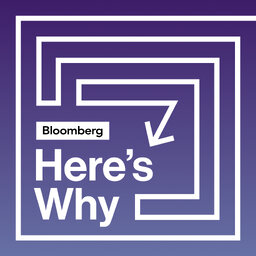UPS and the Fed and Wind 'Turbinegeddon'
UPS has a message for the Federal Reserve, says Bloomberg Opinion's Conor Sen, and he tell us the Fed should listen. What is wind "turbinegeddon," and why is it a troubling climate omen? Bloomberg's Chris Bryant joins us to explain. We also explore why even wealthy Americans are anxious about money with Bloomberg's Allison Schrager. And can an electric vehicle be a muscle car? Bloomberg's Bobby Ghosh says it just may be able to. Amy Morris hosts.
 Bloomberg Opinion
Bloomberg Opinion


